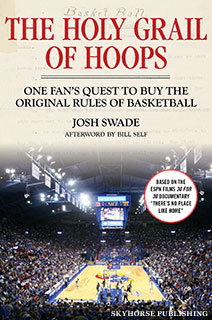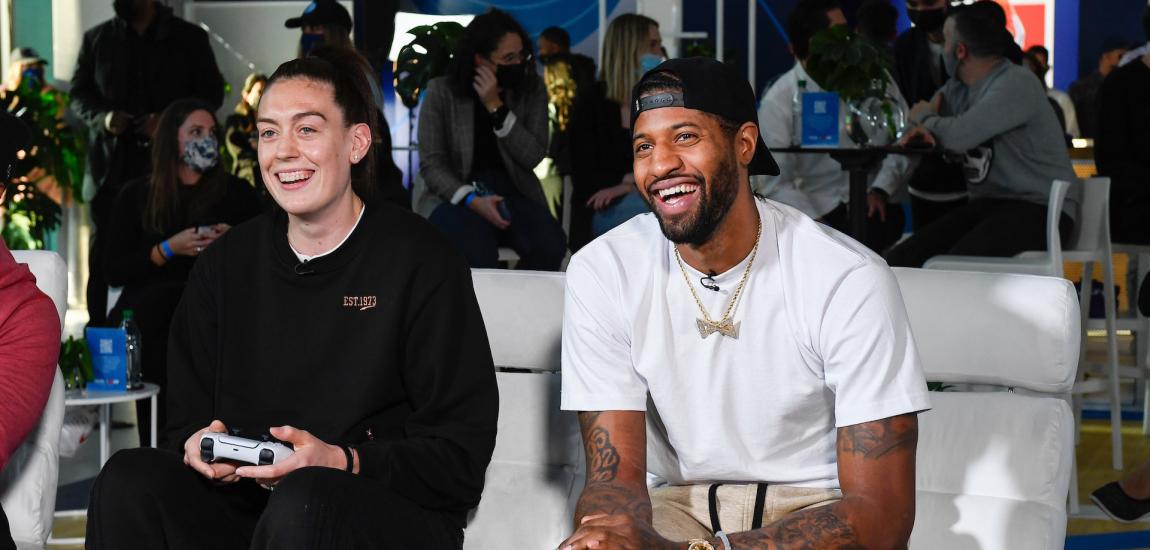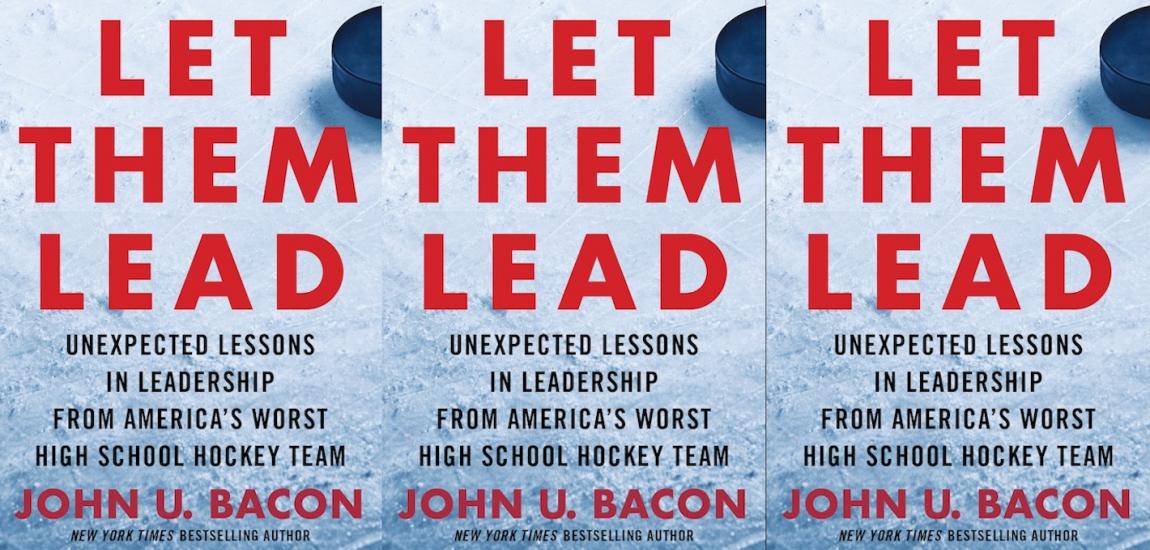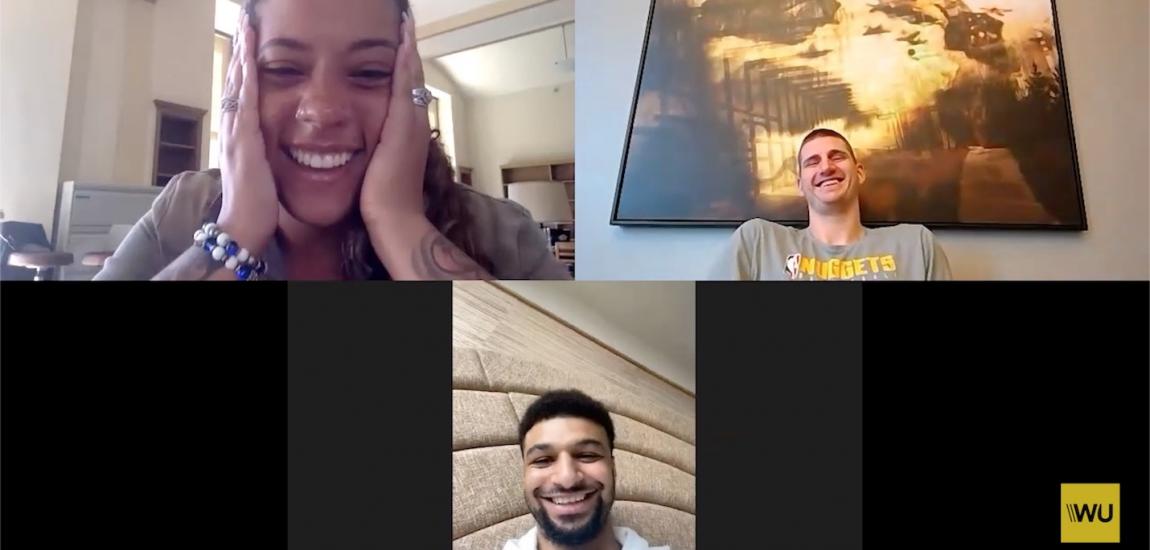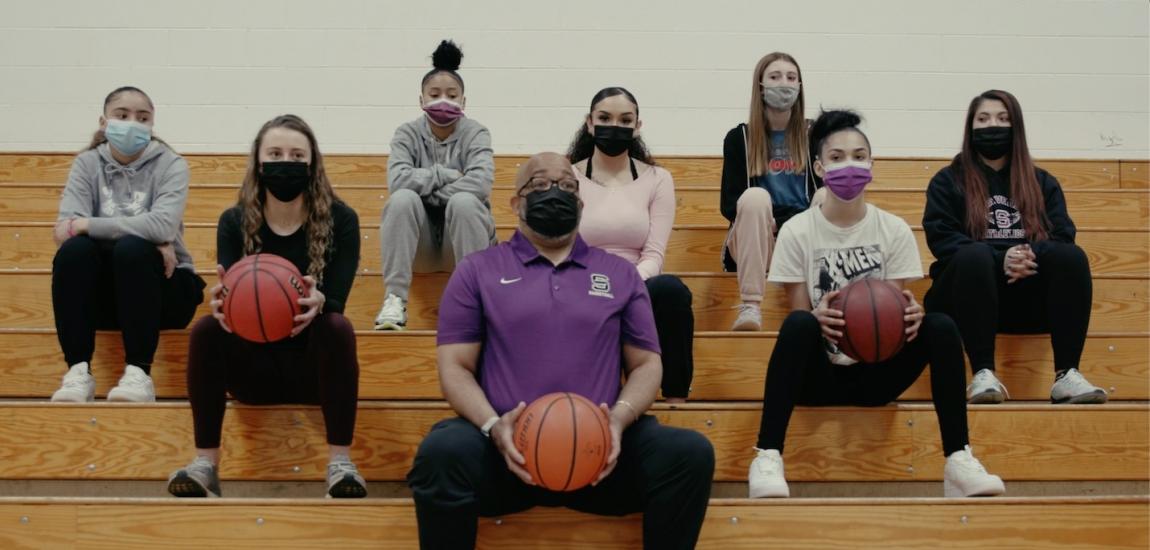In 2010 University of Kansas diehard Josh Swade embarked on a 39-day journey to buy basketball's 'birth certificate' -- the original thirteen rules of basketball penned by Dr. James Naismith -- and return it to KU. Dr. Naismith, a former Jayhawks coach, had first made the game famous at that university. But there was one catch: Swade was $4 million short. In the following excerpt from Swade's new book, The Holy Grail of Hoops: One Fan's Quest to Buy the Original Rules of Basketball he explains why he felt compelled to embark on a frenetic journey to purchase what would become, at time of auction, the most expensive piece of sports memorabilia ever purchased.
That first day of November had felt like every other first day of November I'd ever experienced. I was back from the dead. I felt alive again. It was the dawn of a new college basketball season, and once again there was a reason to get up in the morning, a reason to leave my house, a reason to smile, a reason to feel like anything was possible.
I am a fanatically crazed, insane nut-job for the Kansas Jayhawks, just like my father before me and just like his father before him. The program's prospects for success dominate my thoughts, my time, my happiness, my feelings of self-worth and my overall place in the world. Kansas basketball represents 90 percent of my existence on this planet, with my wife, child, and dog sharing the other 10 percent. Admittedly, I have a huge problem. Let me qualify that. I will admit that it appears to others I have a huge problem. To me, this is not a problem. To me, there is simply no other way to live.
And if there was ever a year to feel optimistic about our chances, this season was it. The Jayhawks were once again the consensus favorite to win the National Championship, and for the second year in a row, were ranked as the preseason number one team in the country. Last year had ended miserably, when in the second round of the NCAA tournament, we suffered a shocking upset to Northern Iowa (a nine seed), ending what was certain to be a run to the title. The loss had sent me into a deep depression. It had made me question my relationships, my religion, and my reason for living.

But time is the great healer. And some offseason recruiting triumphs (Thomas Robinson and Xavier Henry), along with some skilled returning players (Cole Aldrich and Sherron Collins), had me thinking that this was going to be our year. So on the morning of Monday, November 1, 2010, while I should have been hard at work in my office, I decided that I was going to read every last article, paragraph, sentence, and message board post I could find concerning the Jayhawks of Kansas.
One of the message board posts, however, struck me as unusual. This was a link to the New York Times website, a far cry from your typical online sports outlet. It was highly unusual for the New York Times to write anything about my beloved Jayhawks. After living in New York for fifteen years, I had all but given up on the local media paying any attention to the greatest basket- ball program in America. So I clicked on the link, expecting it to be some sort of mistake. But it wasn't. There, on the screen before me, was a familiar picture of basketball's inventor and KU's first coach, Dr. James Naismith. Immediately my curiosity was piqued, as Naismith had been an absolutely seminal figure throughout the course of my entire life.
Sports fans may know that James Naismith invented basketball in 1891 at a YMCA in Springfield, Massachusetts. What most people do not know, however, is that soon after Naismith invented the game, he came to the University of Kansas, where he launched their basketball program. 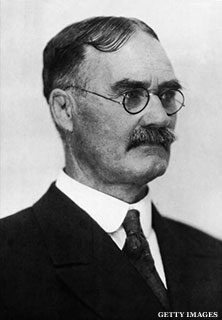 Naismith fell so in love with Lawrence, Kansas, that he spent the final forty-one years of his life there. He is even buried down the road from the university. Growing up in Kansas, I could see his legacy all over town: The Jayhawks play on James Naismith Court, located on a street called Naismith Drive. As a young boy going to KU basketball camp each summer, I lived in a dormitory called Naismith Hall.
Naismith fell so in love with Lawrence, Kansas, that he spent the final forty-one years of his life there. He is even buried down the road from the university. Growing up in Kansas, I could see his legacy all over town: The Jayhawks play on James Naismith Court, located on a street called Naismith Drive. As a young boy going to KU basketball camp each summer, I lived in a dormitory called Naismith Hall.
As such, I spanned the New York Times article with great focus. The headline is one I'll never forget: "Original Rules of Basketball Set to Be Auctioned." What I then proceeded to read struck me as nothing short of impossible: The original rules of basketball, the same ones that hung in the Springfield YMCA gymnasium where James Naismith had invented the game in 1891, were going to be auctioned off at Sotheby's auction house in New York City -- just one month later, on December 10.
At first I couldn't wrap my head around what I was reading. I could not comprehend how the original rules of basketball still existed. Here was the birth certificate of a game that had literally changed the world, a sport that had given us Michael Jordan and Magic Johnson, Larry Bird and LeBron James. And now, some 119 years after they were first committed to paper, these rules were set to be auctioned off to the highest bidder.
In the four days that had passed since I first read that article, I couldn't get it out of my head. Something about those two old pieces of paper spoke to me. Perhaps I'd seen one too many episodes of Antiques Roadshow on PBS, where people were always bringing in what appeared to be worthless arti- facts only to find out that they were incredibly valuable. I loved the idea of something so seemingly worthless being essentially priceless.
I decided to call up Sotheby's and inquire.
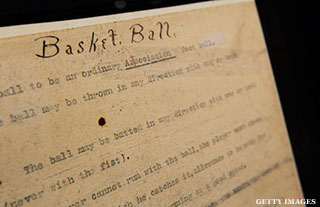
I recognized Selby from Antiques Roadshow on PBS. He had joined Sotheby's in 1985, and in his twenty-five years, he had worked his way up to become a leader in the field of historic American documents. During his tenure, he had brought hundreds of millions of dollars worth of American treasures to auction. If anyone had seen pieces of paper sell for inconceivable amounts, it was this guy. "It's just words on paper," I said. "Why is it so valuable?"
"Well, everything that's important in modern history comes down to words on paper," said Kiffer. "Whether it's the Magna Carta or the Declaration of Independence. This is the birth of one of the most popular games in the world. Without these two pages, hundreds of millions of people wouldn't have enjoyed playing or watching basketball the way they have over the last twelve decades."
It was clear that Selby Kiffer did not see the rules as sports memorabilia. "I almost hate to think of Naismith's rules of basketball as a sports document, because that almost sounds too limiting." And his peers at Sotheby's agreed. The rules would be sharing the stage with the Emancipation Proclamation signed by Abraham Lincoln and a battle flag from General Custer's last stand. On December 10, 2010, three American treasures would be sold at auction.
But still I wondered, "as far as sports go, is this the most important document in world history?"
"In terms of simply being a sports document, yes, nothing else like this exists that captures the origin, the birth of a sport. There have been great contracts sold. We've sold some great letters by famous ballplayers like Ty Cobb and Babe Ruth. But for something that crystallizes a moment of such overwhelming magnitude, I think this stands alone."
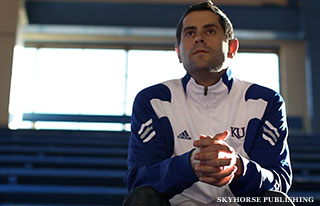
As Selby and I wrapped up, the same young man who had escorted us upstairs walked in again. At first, I figured it was a sign that my little dream run was over, that the jig was up. But I was wrong ... it had only just begun. In his hands, this young man was holding what I immediately made out to be the original rules of basketball: two pieces of almost gold paper surrounded on all sides by white cardboard. My eyes lit up as he walked them over and handed them to me. As I held them, the words jumped off the page. "Basket Ball," written in ink at the top of the page, with thirteen typed rules that spanned two pages. At the bottom of the second page was the infamous line handwritten by Naismith, "First draft of basketball rules hung in the gym so the boys might learn the rules."
I thought back to what Selby Kiffer had said to me just a few moments prior. "I hope they end up with someone who appreciates them. I love private collectors. I'm not saying I wouldn't be thrilled to see it go to a great institution. The Smithsonian, obviously the Naismith Hall of Fame, would all be great depositories. Or," he continued, "a great university with a strong basketball tradition." As we wrapped up and said our goodbyes, Selby's last sentence played over and over in my head.
-- Excerpted by permission from The Holy Grail of Hoops: One Fan's Quest to Buy the Original Rules of Basketball by Josh Swade. Copyright (c) 2013 by Josh Swade. Published by Skyhorse Publishing, Inc.. All rights reserved. No part of this excerpt may be reproduced or reprinted without permission in writing from the publisher. Available for purchase from the publisher, Amazon, Barnes & Noble and iTunes. Follow Josh Swade on Twitter @JoshSwade.

